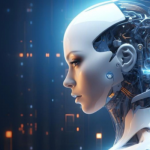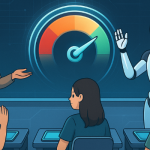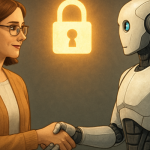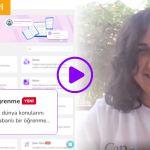Twin AI Spotlight: Issue 8
In this edition of our newsletter, we’ve gathered the latest updates to strengthen your AI literacy and fresh Twin tools to energize your lessons. From practical guides that support ethical and effective tech use to inspiring global examples you can adapt to your lessons, it’s all here in one place
As we step into a new era, one that may be even more transformative than the agricultural revolution, teachers like you will be the ones lighting the way. For educators shaping future-ready generations with compassion and critical thinking, your monthly dose of insight and inspiration has arrived. Enjoy the read!
💻 A New Roadmap for AI Education from CSTA

CSTA, in partnership with the AI4K12 initiative, has introduced a new roadmap for AI literacy in K–12 education.
Highlights:
- CSTA has released a comprehensive report focused on the “Five Big Ideas” of AI4K12, a nationally recognized framework in the US.
- The report outlines foundational AI learning outcomes tailored to each grade level, from kindergarten to 12th grade.
- The five core areas: Humans & AI, Representation & Reasoning, Machine Learning, Ethical System Design, and Societal Impacts.
- A new version of the CSTA Computer Science Standards is currently in draft form, with the final release expected in the summer of 2026.
AI education is no longer optional; it’s a cornerstone of preparing future-ready, responsible individuals. This framework offers clear guidance for educators at every level, aiming not only to teach technology but also to instill ethical awareness, social responsibility, and thoughtful engagement with AI.
✨ Kimi-K2: A New Era Begins

Moonshot AI, a China-based company, has introduced Kimi-K2, a powerful open-weight language model positioned to compete with closed models like Claude 4 and GPT-4.1. For educators, this development offers a compelling glimpse into the infrastructure of future AI tools.
Highlights:
- Kimi-K2 is a massive model with 1 trillion parameters. It uses a Mixture of Experts (MoE) architecture, meaning only the most relevant parts of the model are activated for each task, boosting efficiency.
- It outperformed GPT-4.1 in coding, math, and multilingual benchmarks.
- It works as an agent, meaning it can execute commands, call tools, and complete multi-step tasks autonomously.
- It can run locally, but requires powerful hardware to do so.
This new era, where AI acts not only as a responder but as an active assistant, is crucial for educators to understand. Open models like Kimi-K2 provide opportunities for teachers to experiment, customize, and engage more meaningfully with AI. For any educator aiming to use AI more consciously and effectively, this milestone can serve as an inspiring gateway.
🧑🏫 AI-First Starts with Learning

Before adopting AI-first strategies, schools and workplaces must invest in people-first education.
Key Points:
- 65% of students say they haven’t taken AI-related courses at university.
- Only 3% feel confident that their education prepares them for AI-related jobs.
- 35% of workers now use AI in their jobs, but only 31% received employer-led training.
- AI use is still mostly self-directed: 60% of employees use it for personal learning.
- Brotman & Sack’s book AI First highlights AI literacy → proficiency → fluency as a roadmap for organizations.
As AI transforms every industry, education systems must keep up. But true AI transformation begins not with tech, but with people. Teachers, school leaders, and learners need structured, ongoing opportunities to explore how AI works, where it’s useful, and where it demands caution. Building AI literacy today lays the foundation for responsible, innovative use tomorrow—in the classroom and beyond.
🤖 The Rise of Humanoids
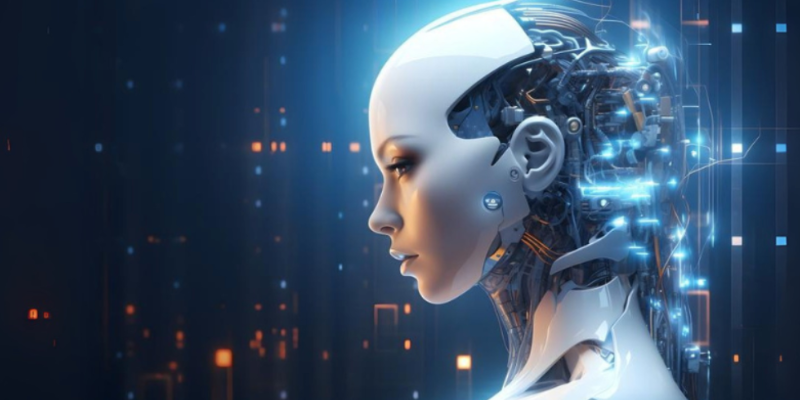
Humanoid Robots Are Here and Evolving Fast!
Key Highlights:
- 10 advanced humanoid robots are already working in real-world settings, from Tesla’s factories to retail stores.
- These robots can walk, talk, fold laundry, assist in manufacturing, or even play football.
- Advanced AI powers most models, some using models built by OpenAI or custom LLMs.
- Robotics firms across the U.S., China, Canada, and Norway are pushing the boundaries of what AI-powered machines can do.
Teaching about robots is no longer just about future scenarios; it’s today’s reality. From engineering to ethics, the next generation needs to understand how AI and robotics shape work, society, and life. This is a powerful opportunity for teachers to connect STEM with real-world examples that spark curiosity and critical thinking.
🛠️ Try These Twin AI Tools!
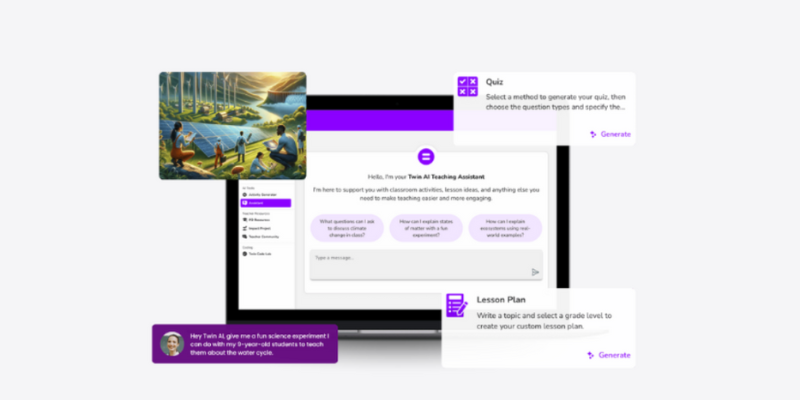
Here are three easy-to-use tools to try this week:
- Open-Ended Question: Quickly create open-ended questions and ready-to-use assessment rubrics to boost critical thinking in your classroom.
- Challenge: Design hands-on, creative tasks that help students apply what they’ve learned in meaningful ways.
- Vocabulary List: Generate vocabulary lists tailored to a topic, standard, or text, making word learning easier and more focused.

